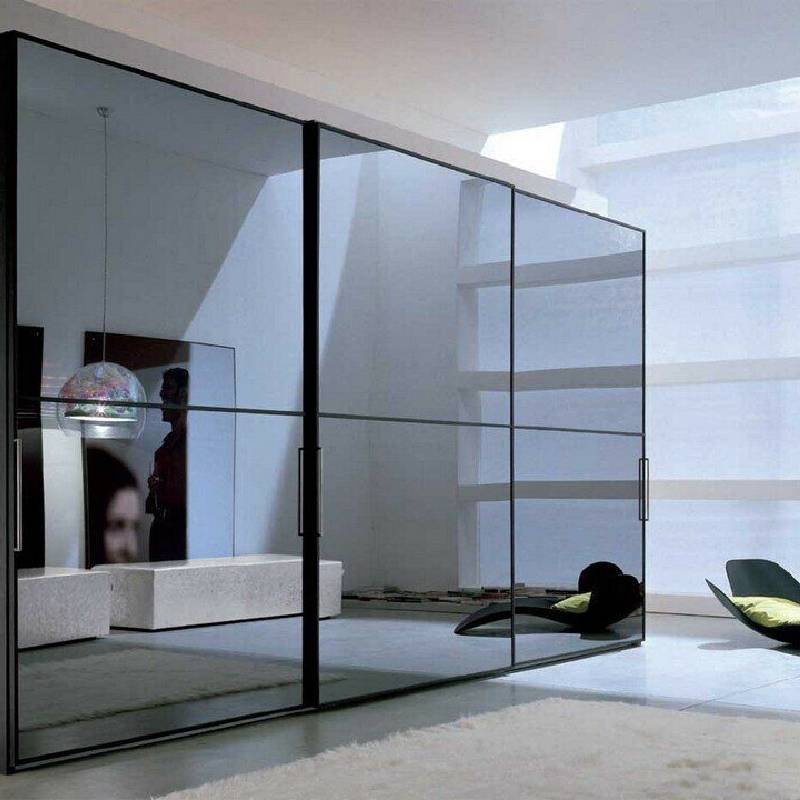

The Aesthetic and Functional Appeal of Tinted Glass Design
In the realm of architectural design and interior décor, tinted glass has emerged as a significant element, blending aesthetic allure with functional benefits. This versatile material not only provides visual appeal but also serves essential purposes that enhance the quality of living and working environments. In this article, we delve into the multifaceted aspects of tinted glass design, exploring its applications, benefits, and the myriad ways it influences modern architecture.
Aesthetic Enhancement
One of the most immediate benefits of tinted glass is its ability to enhance the aesthetic quality of a structure. Tinted glass comes in various colors, shades, and textures, allowing architects and designers to create visually stunning façades and interiors. Whether it's a commercial building with sleek, darkly tinted windows that exude sophistication or residential homes featuring soft, muted hues that blend harmoniously with natural surroundings, tinted glass offers endless possibilities for creativity.
The play of light through tinted glass can transform spaces, creating captivating interactions between interior and exterior environments. Sunlight filtering through tinted panes can cast dramatic patterns, adding depth and intrigue to rooms. Designers often strategically utilize tinted glass to foster a particular mood or atmosphere, making spaces feel more cozy, intimate, or vibrant.
Temperature Control and Energy Efficiency
Beyond its aesthetic contributions, tinted glass serves a crucial functional role in thermal management. One of the primary benefits of tinted glass is its ability to reduce heat gain, contributing to a more comfortable indoor climate. By filtering out a portion of the sun’s rays, tinted glass can lower interior temperatures during hot seasons, which can be particularly advantageous in regions with intense sunlight.
This temperature control translates to energy efficiency, as buildings equipped with tinted glass require less air conditioning to maintain a comfortable environment. By reducing reliance on artificial cooling systems, tinted glass not only helps minimize energy costs but also aligns with contemporary sustainability goals. It plays a vital role in green building practices, offering a way to reduce a structure's overall ecological footprint.

Privacy and Safety
The design of tinted glass also caters to privacy concerns without sacrificing natural light. In urban settings where buildings are closely situated, tinted glazing provides a solution for homeowners and businesses seeking seclusion. The various degrees of opacity available allow occupants to enjoy their privacy without drawing the curtains. This feature is particularly beneficial for offices where confidentiality is paramount, ensuring that sensitive information remains secure.
Furthermore, tinted glass can enhance safety and security. Tinted windows are often made with strengthened materials that resist shattering, providing an additional layer of protection against accidental breaks or external impacts. In buildings situated in high-crime areas, the use of tinted glass can deter potential intruders while maintaining visibility for those inside.
Versatile Applications
Tinted glass is not limited to windows. It is increasingly being used in a variety of applications, including glass doors, partitions, skylights, and even furniture. In commercial spaces, it is often employed in conference rooms, providing an element of sophistication while allowing for sound reduction. Moreover, in retail environments, tinted glass can be used in display cases, showcasing products while controlling glare and overshadowing.
In residential design, tinted glass can redefine outdoor spaces. For instance, patios, balconies, and sunrooms can be fitted with tinted glass to create shaded areas that remain inviting. This adaptability makes tinted glass a popular choice among homeowners looking to enhance their outdoor living experience.
Conclusion
In conclusion, tinted glass design has evolved into an essential component of contemporary architecture, appealing to both aesthetic sensibilities and functional needs. Its ability to elevate the visual appeal of a structure while providing thermal control, privacy, and safety makes it a favored choice among architects and designers alike. As technology advances, we can expect to see even more innovative applications and enhancements in tinted glass. The blend of beauty and functionality ensures that tinted glass will continue to play a prominent role in the future of design, shaping the spaces where we live, work, and interact for years to come.